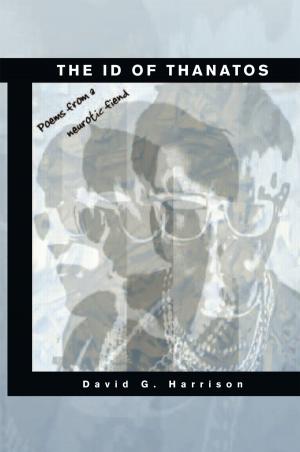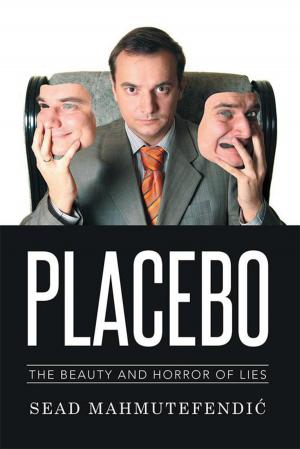The Sodium Theory Revisited
Or 45 Years of a Full Time Cnrs Neurophysiologist
Biography & Memoir, Reference| Author: | Yves Pichon | ISBN: | 9781479793723 |
| Publisher: | Xlibris UK | Publication: | March 25, 2013 |
| Imprint: | Xlibris UK | Language: | English |
| Author: | Yves Pichon |
| ISBN: | 9781479793723 |
| Publisher: | Xlibris UK |
| Publication: | March 25, 2013 |
| Imprint: | Xlibris UK |
| Language: | English |
The sodium theory revisited (45 years of a full time CNRS neurophysiologist). The sodium theory has been elegantly proposed by Hodkin, Huxley and Katz in the early fifties, after their experiments on Plymouth squids, to account for the role of sodium and potassium ions in nerve activity. Since then, the electrophysiological techniques and the data acquisition techniques have known an amazing development. In this short paper, Yves Pichon wants to give an account of what happened since then in different laboratories (mostly marine) with a variety invertebrate species and mostly insects. One of the most important technical development has been the use of single cockroach axons which have been found to behave very much like squid axons. Another, almost simultaneous development which revealed extremely useful for the understanding of the nerve function was in situ microelectrode recording which enables an indirect analysis of the extraaxonal environement. Experiments on several species indicate that the CNS is protected from the ionic environment by a blood-brain barrier. On the other hand, quite unexpectedly, little ion accumation is detected in the vicinity of the axonal membrane in physiological conditions. Another innovating technique was the 'patch-clamp' technique which enables the recording of the activity of individual ionic channels in cultured neurones. The last chapter of this report is devoted to different mechansims leading to repetitive activity through modificatrion of the sodium and potassium axonal conductances.
The sodium theory revisited (45 years of a full time CNRS neurophysiologist). The sodium theory has been elegantly proposed by Hodkin, Huxley and Katz in the early fifties, after their experiments on Plymouth squids, to account for the role of sodium and potassium ions in nerve activity. Since then, the electrophysiological techniques and the data acquisition techniques have known an amazing development. In this short paper, Yves Pichon wants to give an account of what happened since then in different laboratories (mostly marine) with a variety invertebrate species and mostly insects. One of the most important technical development has been the use of single cockroach axons which have been found to behave very much like squid axons. Another, almost simultaneous development which revealed extremely useful for the understanding of the nerve function was in situ microelectrode recording which enables an indirect analysis of the extraaxonal environement. Experiments on several species indicate that the CNS is protected from the ionic environment by a blood-brain barrier. On the other hand, quite unexpectedly, little ion accumation is detected in the vicinity of the axonal membrane in physiological conditions. Another innovating technique was the 'patch-clamp' technique which enables the recording of the activity of individual ionic channels in cultured neurones. The last chapter of this report is devoted to different mechansims leading to repetitive activity through modificatrion of the sodium and potassium axonal conductances.















